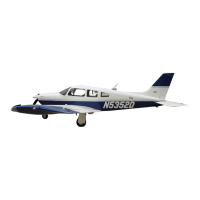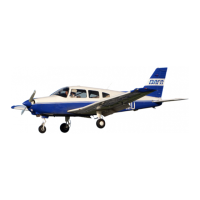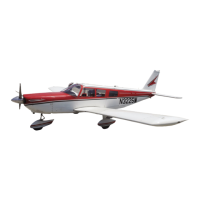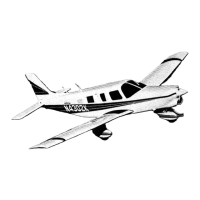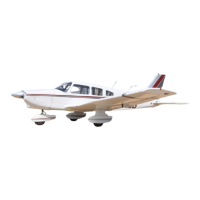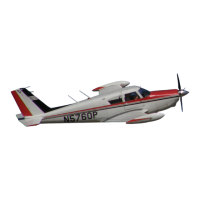
 Loading...
Loading...
Do you have a question about the Piper SENECA III and is the answer not in the manual?
| Manufacturer | Piper Aircraft |
|---|---|
| Model | Seneca III |
| Engine Type | Piston |
| Engine Model | Continental TSIO-360-KB |
| Seating Capacity | 6 |
| Cruise Speed | 188 knots (216 mph, 348 km/h) |
| Length | 28 ft 7 in (8.71 m) |
| Max Takeoff Weight | 4, 750 lb (2, 155 kg) |
| Horsepower | 220 hp each |
| Service Ceiling | 25, 000 ft (7, 620 m) |
| Height | 9 ft 11 in (3.02 m) |
| Propellers | 2-bladed constant speed |
